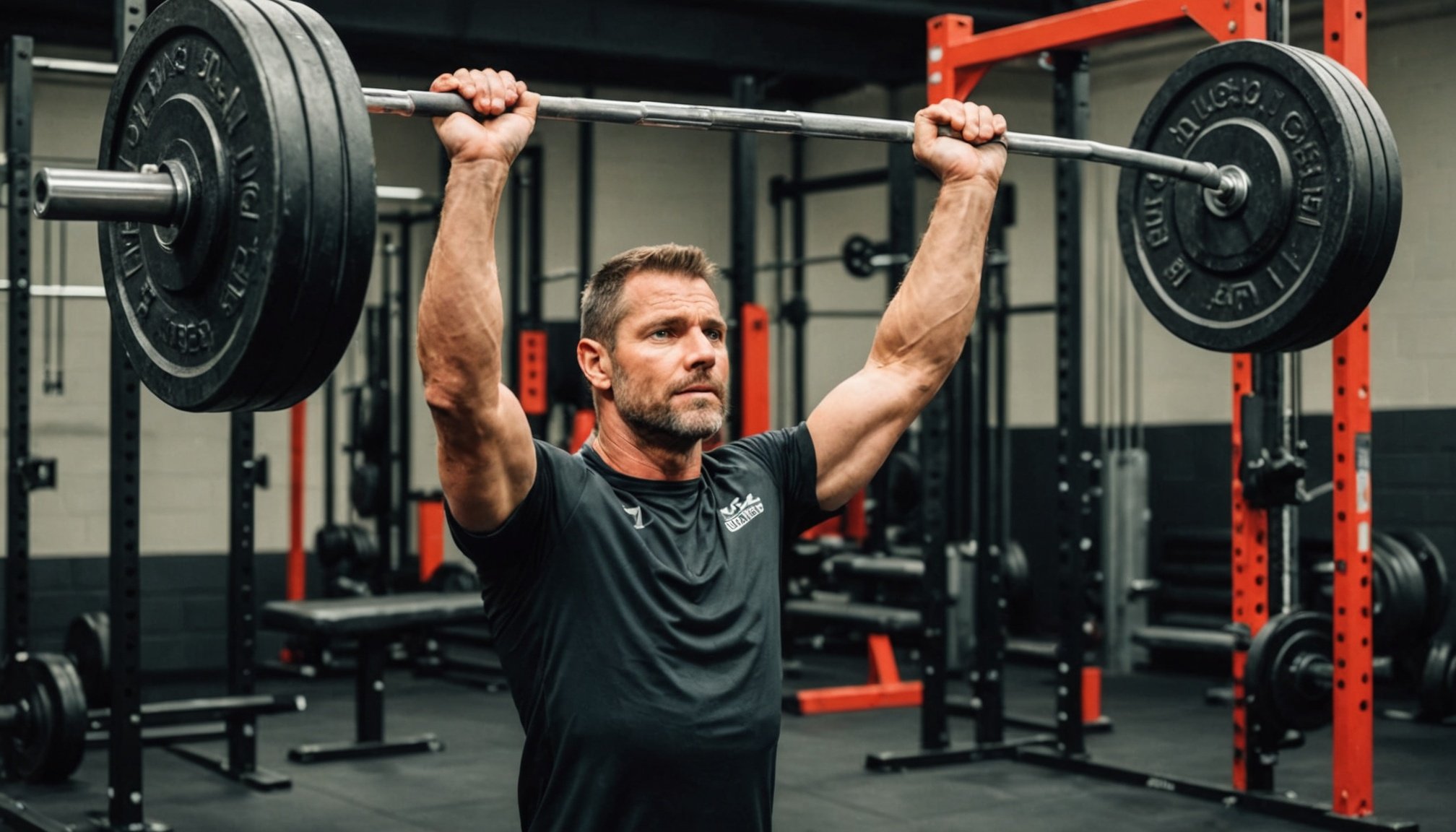Hitting a plateau in your training regime can be demotivating. You’re investing time, energy, and sweat into your workouts, but the progress in strength and muscle growth seems to have come to a halt. You’ve reached the dreaded workout plateau; a common obstacle in the journey to physical fitness. But don’t worry, it’s not a dead end. Here’s how modifying your lifting technique can help overcome this plateau and continue your fitness progress.
Re-evaluate Your Current Technique
First things first, you need to take a close look at your current strength training technique. This is essential because your body has most likely adapted to your regular exercise pattern, and it requires something new to stimulate muscle growth and strength.
Topic to read : How does sleep affect muscle growth and strength training results?
Ensure that you are executing your exercises with perfect form. Even a small misalignment or incorrect posture can significantly impact the effectiveness of your workout. It’s key to keep in mind that the quality of your reps is more important than quantity. Overloading your body with weights you can barely handle will not help; instead, it will increase the risk of injuries, and it won’t trigger the muscle growth you are looking for.
Consider seeking professional help if you’re unsure about your form. A certified fitness trainer can provide constructive feedback and help you correct any issues with your lifting technique.
Also to see : What are the key benefits of using resistance bands in muscle building?
Changing Up Your Routine
Once you’re confident about your lifting technique, it’s time to modify your workout routine. Your body is incredibly adaptable, and if you’ve been following the same routine for a long time, chances are your progress has plateaued because your muscles have become accustomed to the exercises.
The trick here is to expose your muscles to new and varied stimuli. Try mixing up your exercises, changing the order of your workout, or switching between different equipment. For instance, if you’ve been using the barbell for bench presses every week, switch to dumbbells.
Periodization is another effective method. This involves systematically planning your workouts to maximize gains and improve strength. For instance, you can begin with a phase of high volume and low-intensity training, followed by a phase of low volume and high intensity.
Increase Intensity Gradually
Another essential factor to consider when you hit a plateau is the intensity of your workout. The basic principle of progressive overload states that to grow muscle and gain strength, you need to continually increase the demands on your musculoskeletal system. This means you need to gradually lift more weight over time.
However, it’s crucial to do this wisely and avoid the temptation to dramatically increase the weight you’re lifting. This could lead to injuries and set your progress back even further. A safer approach is to increase the intensity of your workout by 5% every week or two. This will provide your muscles with a new challenge, prompting them to grow stronger without risking injury.
Incorporate Rest and Recovery
In the race to overcome the plateau and see quick results, you may be tempted to overwork your body. Remember, muscles grow during the recovery phase, not while lifting weights. So make sure you’re giving your body ample time to rest and recover.
Your rest should not only include taking days off from the gym but also focusing on good sleeping habits and proper nutrition. All these elements work together to optimize muscle recovery and growth.
Set Realistic Goals and Track Progress
Lastly, but certainly not least, setting realistic goals and tracking your progress can be incredibly helpful. It’s easy to get demotivated when you’re stuck at a plateau, but having a clear objective in mind can serve as a powerful motivator.
Make sure your goals are SMART – Specific, Measurable, Achievable, Relevant, and Time-bound. After setting these goals, track your progress over time. This could be by maintaining a workout log or using fitness apps. Seeing your progress in black and white can be a great confidence booster and help push you through workout plateaus.
In conclusion, hitting a plateau in your fitness journey is not uncommon. However, by carefully evaluating your technique, changing up your routine, increasing intensity gradually, incorporating rest and recovery, and setting realistic goals, you can overcome this hurdle and stay on track in your journey to physical fitness.
Delve into Different Training Modalities
As you progress on your fitness journey, it’s crucial to remember that strength training, while important, is not the only factor that contributes to muscle growth and development. Exploring different training modalities could be the key to unlocking your plateau and pushing your body to the next level.
Aerobic exercises, like running, swimming, or cycling, can improve your cardiovascular health and boost your overall endurance, making you more resilient during your lifting sessions. They also facilitate weight loss, which can be beneficial if you’re trying to lean down.
Flexibility and mobility exercises are invaluable for maintaining a full range of motion around your joints, which is crucial for executing lifting techniques with proper form. Incorporating activities like yoga or Pilates into your routine can not only enhance your flexibility but also improve your balance and core strength.
High-intensity interval training (HIIT) is another method to consider. It involves periods of intense exercise followed by short recovery periods. This type of training can stimulate muscle growth and promote fat loss, helping you overcome your plateau.
Recall, variety is key to keeping your muscles stimulated and challenged. By incorporating different training modalities into your routine, you are providing your body with a varied stimulus, which can enhance muscle growth and progression.
Nutritional Adjustments
Often overlooked, nutrition plays a significant role in muscle growth and recovery. So, if you’ve hit a plateau in your fitness journey, it may be time to reassess your diet.
If you’re training hard but not fueling your body with enough nutrients, your progress will surely stall. You should aim to consume a diet rich in protein, the building blocks of muscle, to facilitate muscle repair and growth. You should also ensure you’re consuming enough carbohydrates to fuel your workouts and enough healthy fats for overall health.
Supplements can also be considered to ensure you’re meeting your nutritional needs. For instance, Creatine is a popular supplement among weight lifters as it’s known to improve strength and lean muscle mass. However, always consult with a healthcare professional before starting any new supplement regimen.
Remember, food is fuel. By making the necessary nutritional adjustments, you can provide your body with the energy it needs to power through workouts and recover optimally, thus overcoming your plateau.
Conclusion
In sum, overcoming a weight lifting plateau involves a holistic approach that examines not only your lifting technique but also your overall workout routine, the intensity of your workouts, rest and recovery habits, and even your nutrition. Each of these elements plays a crucial role in muscle growth and development, and neglecting any one of them could lead to stagnation in your progress. However, with careful evaluation and necessary adjustments, you can surmount this plateau and continue on your path to achieving your fitness goals. Remember, fitness is a journey, not a destination. Plateaus are merely stepping stones on this journey, helping you become stronger, more resilient, and more attuned to your body.











